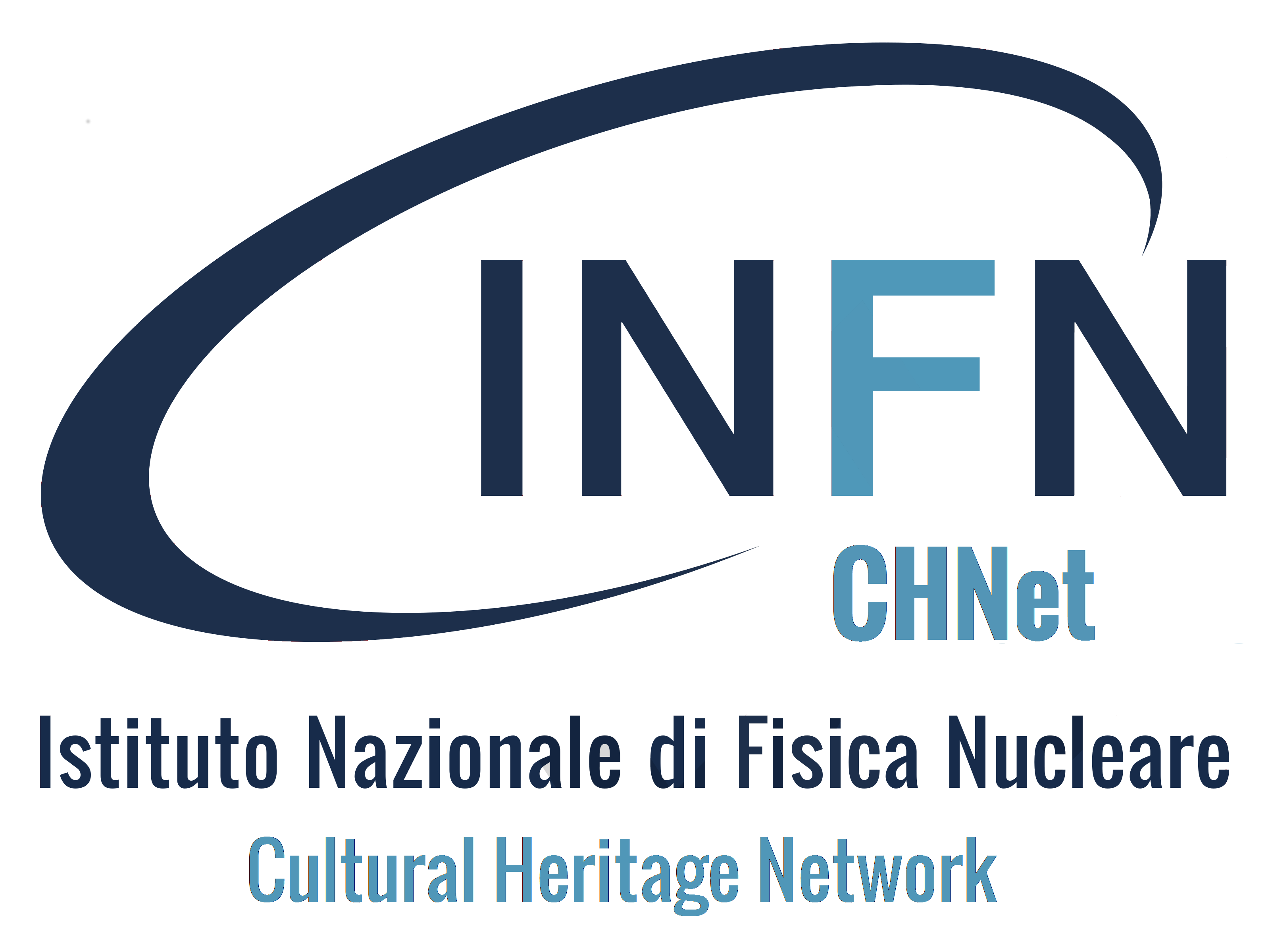Performed both on canvas and panel paintings, – digital – X-ray radiography allows us to study the conservation state of the object, the characteristics of its support, the production process and the possible layers underlying the uppermost pictorial film.
X-ray tomography can be successfully applied to all those artworks for which the third dimension is also important, i.e. statues, vases, ornaments or other artefacts. It allows us to investigate the inner parts of the object in a non-invasive way, obtaining fundamental information on conservation state and construction techniques. The developed instruments are characterised by different spatial resolutions and are able to analyse objects of different sizes and typology. Most of our instruments can be easily moved, performing the analysis directly into museums or restoration laboratories, prior authorisation of the appropriate authority.
X-Ray fluorescence (XRF) is a technique that can be applied to most of inorganic materials. Its characteristics (possibility of performing multi elemental analysis in short time, non-invasiveness/non destructiveness), together with the possibility of using a portable instrumentation for in situ analysis, make this technique particularly suitable for Cultural Heritage applications. The different atoms of the samples are identified thank to the study of the X ray spectrum resulting from the interaction of primary X-rays and the samples itself. The energies of the emitted X-rays from the samples are typical of the atomic species of the material, thus allowing us to quickly identify the elemental composition of the analysed object (acquisition times are usually of few minutes). To obtain information about the compounds present in the object, it is necessary to rely on stoichiometric hypothesis or complementary analyses (e.g. Raman or IR spectroscopy). Typical applications of this technique are the identification of different metal alloys of an artefact, different pigments for the colouring of glass or paintings. Using a dedicated instrumentation it is possible to obtain 2D or 3D images:
XRF imaging
Scanning confocal XRF
Multispectral analysis is a reflectance technique which consists in the observation of an image produced by:
- the radiation reflected by the object in the visible region of the electromagnetic spectrum (trichromatic imagine RGB, microphotography, grazing light photography);
- the radiation reflected by the object in the infrared region of the electromagnetic spectrum (Reflected Infrared Photography);
- the interpolation between the object infrared image and the three RGB images (False-color photography);
- the fluorescence radiation emitted by the object when stimulated by means of an ultraviolet light source (Ultraviolet fluorescence photography).
These techniques allow for the observation of different morphological qualities of the object, such as:
- pictorial layers (thanks to RGB imaging);
- working traces, such as the “ductus” of the brush stroke, the engravings and the visual interferences due to the supports (thanks to macro photography);
- preparatory drawings (thanks to infrared photography);
- possible restoration intervention (thanks to UV fluorescence photography).
Colour is not a physical quantity. Its perception is subjective and depends on which light source is used. The fruition and conservation of polychrome works of art are dependent on the emission spectrum of such source and the level of illumination. The emission spectrum of the light source should be such that the accuracy of the appearance of the colours is guaranteed while not damaging the artworks itself. Colorimetry is a technique used to attribute to the colour objective and measurable data, that is a tern of chromatic coordinates.
Thermography is a technique usually used to investigate wall structures. Thanks to a thermal camera, we can register the infrared radiation emitted by an object after a thermal perturbation caused by a light impulse. The result is a sequence of maps showing the surface temperature of the object (thermograms). When hidden elements are present inside the structure, differences in the Infrared emission due to the absorbance of light and/or thermal perturbation may be visible in the thermograms. These differences allow us to identify typical elements of the structure, flaws or inhomogeneity by analysing the sequences of thermograms.
